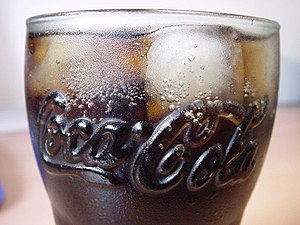
Coca-Cola, or Coke, is a carbonated soft drink with a cola flavor manufactured by the Coca-Cola Company. In 2013, Coke products were sold in over 200 countries worldwide, with consumers drinking more than 1.8 billion company beverage servings each day. Coca-Cola ranked No. 87 in the 2018 Fortune 500 list of the largest United States corporations by total revenue. Based on Interbrand's "best global brand" study of 2020, Coca-Cola was the world's sixth most valuable brand.

Cola is a carbonated soft drink flavored with vanilla, cinnamon, citrus oils, and other flavorings. Cola became popular worldwide after the American pharmacist John Stith Pemberton invented Coca-Cola, a trademarked brand, in 1886, which was imitated by other manufacturers. Most colas originally contained caffeine from the kola nut, leading to the drink's name, though other sources of caffeine are generally used in modern formulations. The Pemberton cola drink also contained a coca plant extract. His non-alcoholic recipe was inspired by the coca wine of pharmacist Angelo Mariani, created in 1863.

The kola nut is the seed of certain species of plant of the genus Cola, placed formerly in the cocoa family Sterculiaceae and now usually subsumed in the mallow family Malvaceae. These cola species are trees native to the tropical rainforests of Africa. Their caffeine-containing seeds are about 5 centimetres (2.0 in) across and are used as flavoring ingredients in various carbonated soft drinks, from which the name cola originates.

Coca-Cola Vanilla is a vanilla-flavored version of Coca-Cola, introduced in 2002 but subsequently discontinued in North America and the United Kingdom in 2005, only remaining available as a fountain drink. It was relaunched in the US in 2007; in Denmark in 2012, the UK in 2013, and Canada in 2016. Vanilla Coke has been available in Australia since its initial introduction in 2002, being produced by Coca-Cola Europacific Partners. Originally announced as a limited edition in the UK, it became permanent for several years; however, it was again discontinued in the UK in Summer 2018. Despite this, the product has still been distributed in related brands Diet Vanilla Coke and Coke Vanilla Zero.
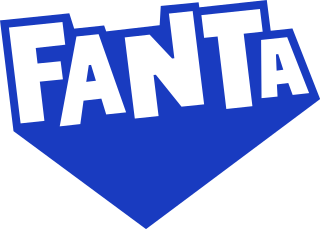
Fanta is an American-owned brand of fruit-flavored carbonated soft drink created by Coca-Cola Deutschland under the leadership of German businessman Max Keith. There are more than 200 flavors worldwide. Fanta originated in Germany as a Coca-Cola alternative in 1941 due to the American trade embargo of Nazi Germany, which affected the availability of Coca-Cola ingredients. Fanta soon dominated the German market with three million cases sold in 1943. The current formulation of Fanta, with orange flavor, was developed in Italy in 1955.
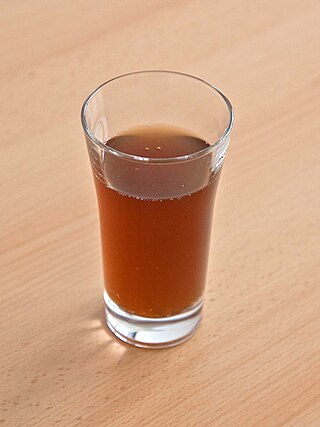
OpenCola is a brand of open-source cola whose list of ingredients and preparation instructions are freely available and modifiable. Anybody can make the drink, and anyone can modify and improve on the recipe. It was launched in 2001 by free software P2P company Opencola, to promote their company.

Surge is a citrus-flavored soft drink first produced in the 1990s by the Coca-Cola Company to compete with Pepsi's Mountain Dew. Surge was advertised as having a more "hardcore" edge, much like Mountain Dew's advertising at the time, in an attempt to lure customers away from Pepsi. It was originally launched in Norway as Urge in 1996, and was so popular that it was released in the United States as Surge in 1997. Lagging sales caused production to be ended in 2003 for most markets.

Sun Drop is a citrus-flavored soft drink produced by Keurig Dr Pepper with a yellowish-green color. Among soft drinks, it is known for its high caffeine content. Orange juice is an ingredient in the drink, and remaining pulp matter from the orange juice provides some of the soft drink's taste and appearance. Sun Drop competes primarily against the Coca-Cola Company's Mello Yello and PepsiCo's Mountain Dew.
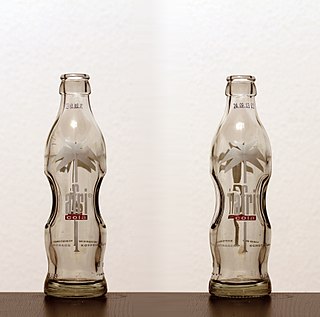
Afri Cola is a cola soft drink produced in Germany. The trademark Afri-Cola was registered in 1931 by the company F. Blumhoffer Nachfolger GmbH. The same company also produced Bluna, an orange soft drink. Today the brand belongs to the Mineralbrunnen Überkingen-Teinach AG. Afri Cola was once one of the most popular cola brands in Germany, but has lost considerable market share since the 1960s.

Coca-Cola Zero Sugar is a diet cola produced by the Coca-Cola Company.

Vita Cola is a cola beverage produced in Germany. Vita Cola's flavor is described as cola-like with a strong note of lemon and fruit flavoring. It is also noticeably less sweet than Afri-Cola, Coca-Cola or Pepsi, and has a slightly thicker consistency due to its use of citrus and other aromatic oils in the formula. Vitasoy also produces a cola beverage branded as Vita Cola.
A secret ingredient is a component of a product that is closely guarded from public disclosure for competitive advantage. Sometimes the ingredient makes a noticeable difference in the way a product performs, looks or tastes; other times it is used for advertising puffery. Companies can go to elaborate lengths to maintain secrecy, repackaging ingredients in one location, partially mixing them in another and relabeling them for shipment to a third, and so on. Secret ingredients are normally not patented because that would result in publication, but they are protected by trade secret laws. Employees who need access to the secret are usually required to sign non-disclosure agreements.
Mother is an energy drink that originated in Australia and New Zealand by Coca-Cola. Introduced in late 2006 after Coca-Cola's failed attempt to purchase Red Bull, it competes with the two leading energy drinks on the market, V and Red Bull, in the $151 million industry.

Blue Sky Beverage Company was a beverage company that produced soft drinks and energy drinks. It is a wholly owned subsidiary of the Monster Beverage Corporation. The company was established in Santa Fe, New Mexico, in 1980, where it remained until it was purchased by Monster in 2000. Coca-Cola North America took ownership of Blue Sky Sodas, Hansen’s Juice Products, Hansen’s Natural Sodas, Hubert’s Lemonade, Peace Tea and other non-energy drink brands as part of Coke’s partnership with Monster Beverage Corp on Jun 12, 2015. Blue Sky Beverage Company now operates out of Corona, California. The southwestern look and feel of the artwork on the soda cans is reminiscent of the company's roots in New Mexico.

Fentimans Curiosity Cola is a botanically brewed carbonated cola soft drink, a product of British brewery Fentimans. It is sold in 275 ml and 750 ml glass bottles.

Red Bull Simply Cola is a beverage from Red Bull GmbH, makers of the energy drink Red Bull. The cola, which contains natural flavouring and caffeine, was introduced in 2008 in several countries.

In the United States, Mexican Coca-Cola, or Mexican Coke or, informally, "Mexicoke", refers to Coca-Cola produced in and imported from Mexico. The Mexican formula that is exported into the U.S. is sweetened with white sugar instead of the high-fructose corn syrup used in the American formula since the early 1980s. Some tasters have said that Mexican Coca-Cola tastes better, while other blind tasting tests reported no perceptible differences in flavor.
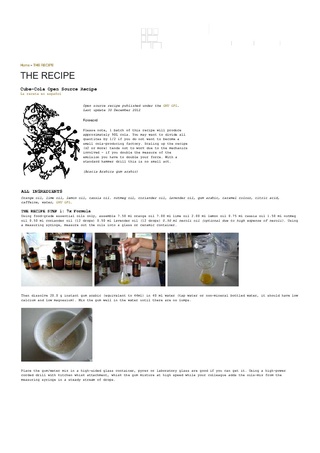
Open-source cola is any cola soft drink produced according to a published and shareable recipe. Unlike the secretive Coca-Cola formula, the recipes are openly published and their re-use is encouraged. The texts of OpenCola and Cube-Cola recipes are published under the GNU General Public License (GPL).

Coca-Cola Life was a reduced-calorie version of Coca-Cola introduced in 2013, using a combination of stevia and sugar as sweeteners. It was first released in Argentina and Chile after five years of research together in these countries. The formulation varied by market location, and in some areas the original formulation had been phased out in favor of a zero-calorie version sweetened with stevia only. The drink was discontinued in 2020 as part of the Coca-Cola Company discontinuing underperforming brands.
